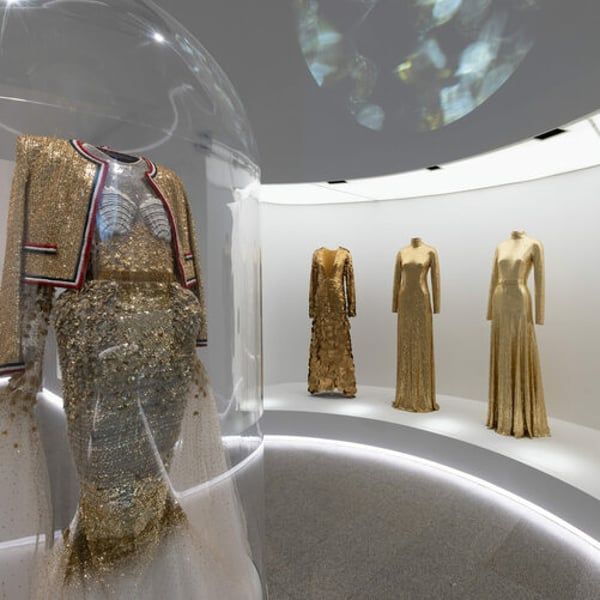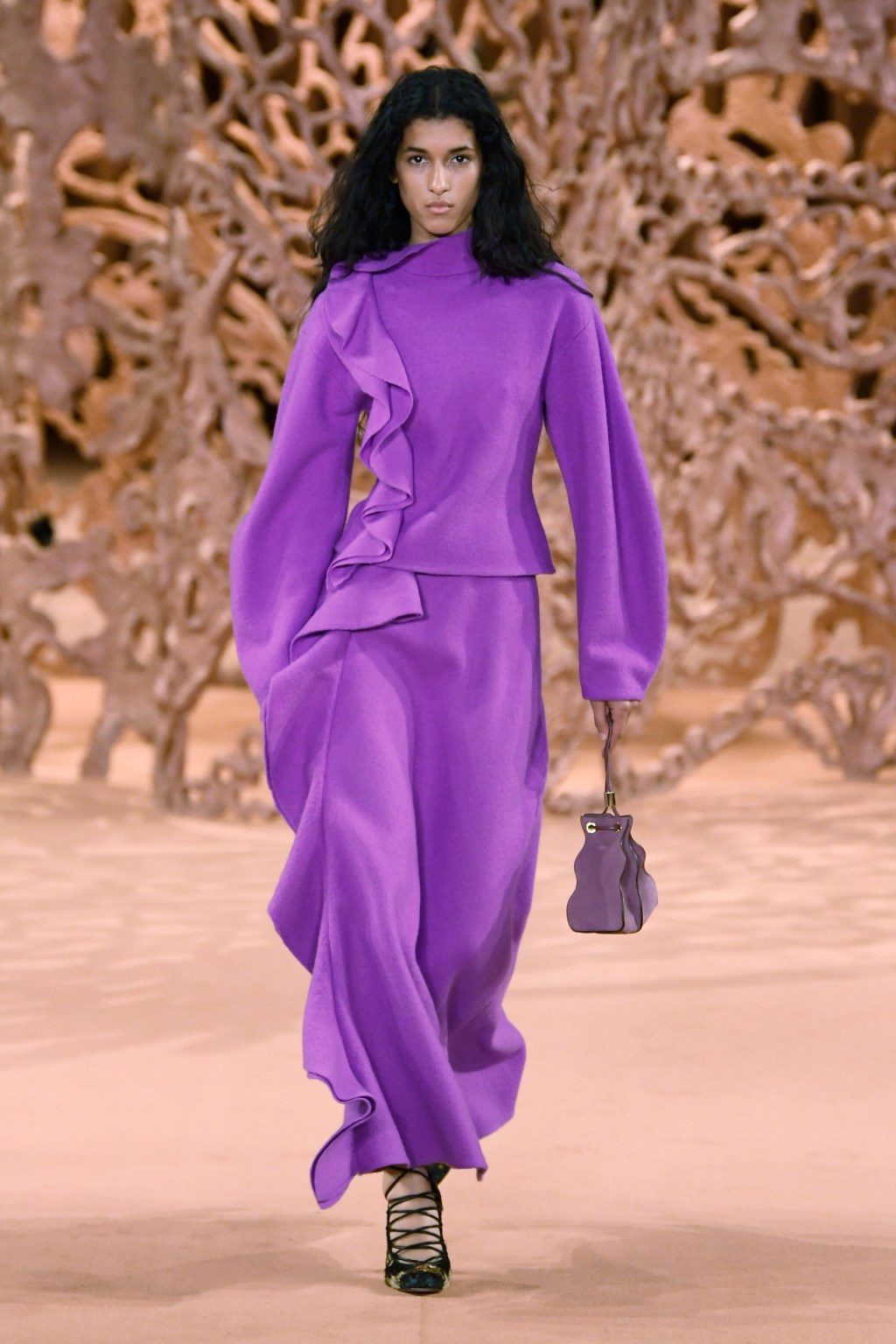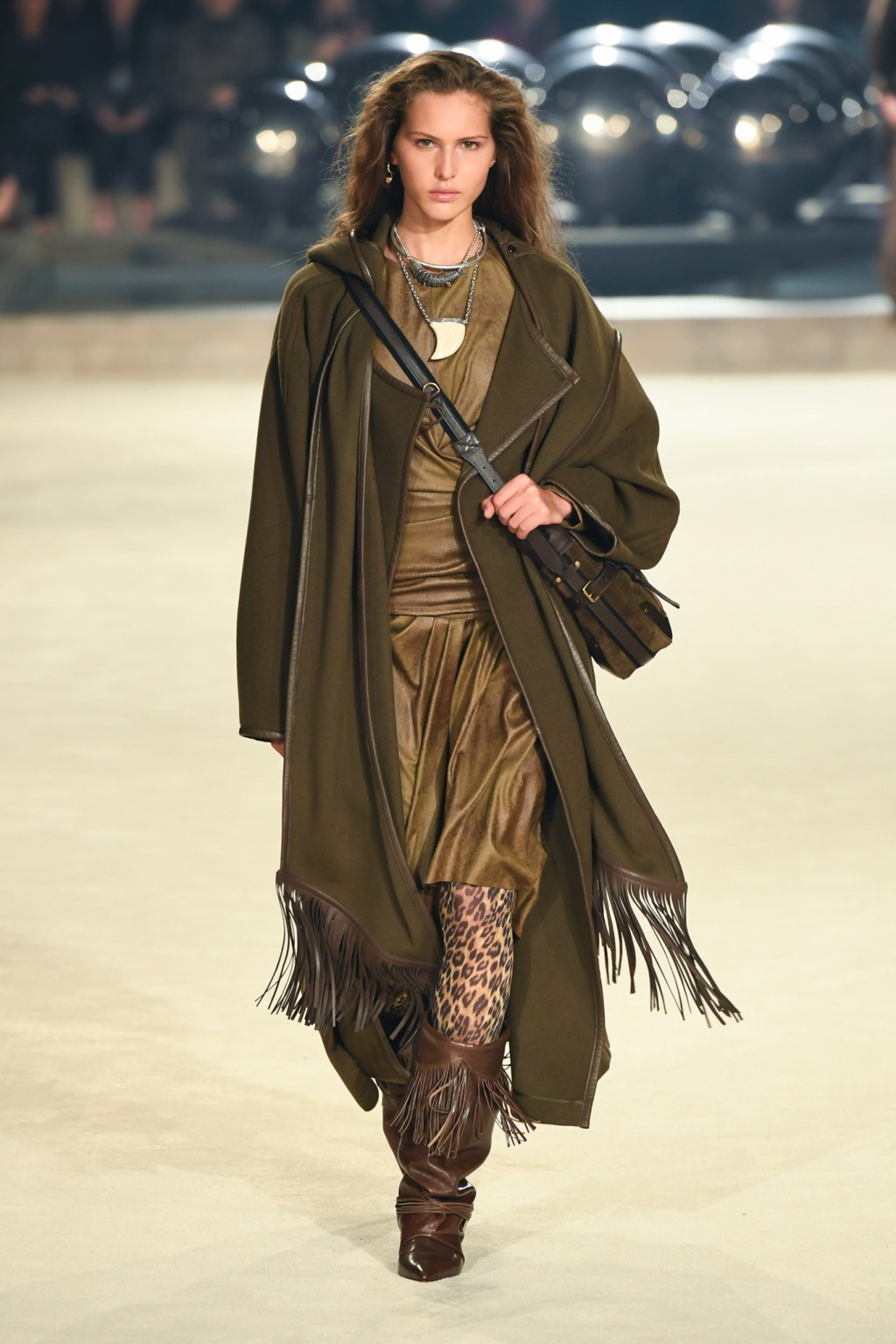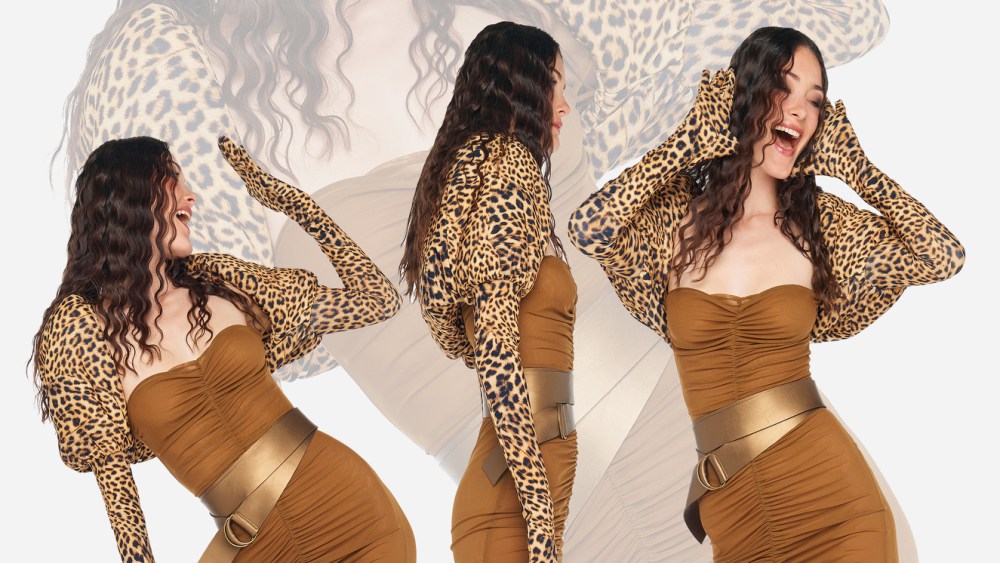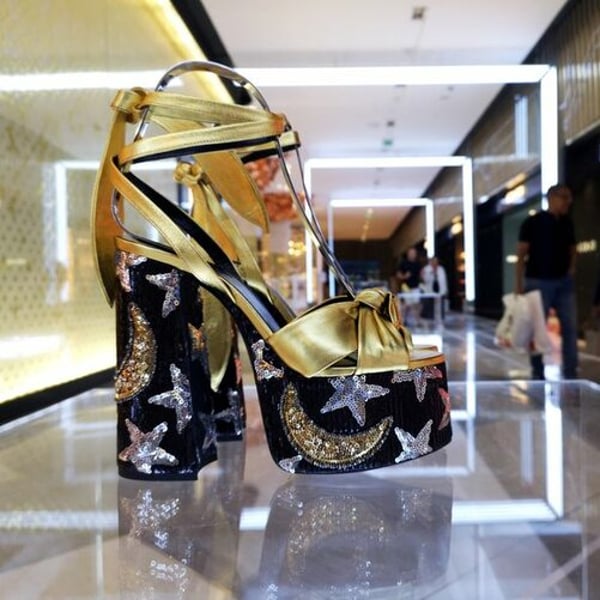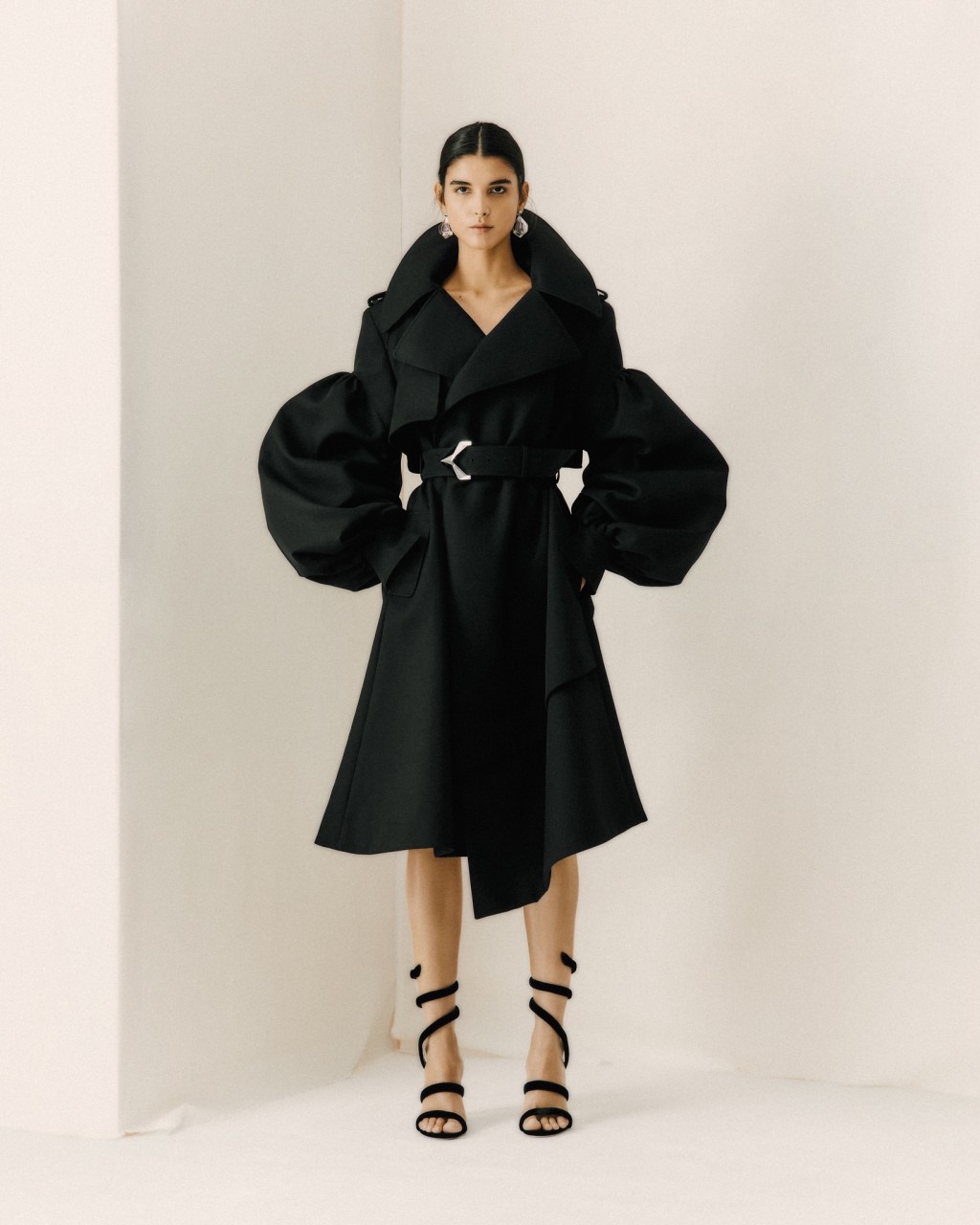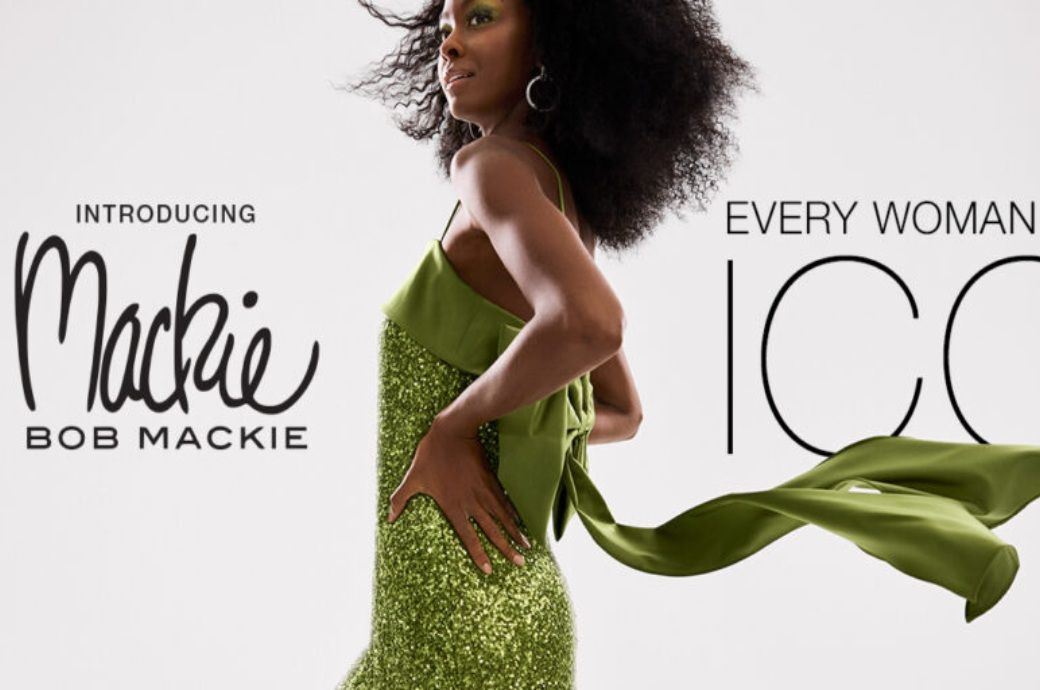Social media outlets like TikTok, one of the sponsors of this year's Met Museum spring exhibition and infamous gala, among others, see fashion as a feast for the visual sense.
Andrew Bolton, chief curator of the Costume Institute at the Metropolitan Museum of Art, disagrees. In his latest exhibition he suggests that other senses, such as smell, touch and hearing, are also activated through fashion. (The exhibition also provides fodder for the gala orchestrated by Anna Wintour—this year with co-hosts Bad Bunny, Chris Hemsworth, Jennifer Lopez and Zendaya—with her theme).
Bolton, along with Met Museum CEO Max Hollein and Loewe's Jonathan Anderson, welcomed exclusive guests and press to preview 'Sleeping Beauties: Reawakening Fashion,' the latest exhibition focused on natural flora and fauna and featuring more than 220 pieces from the museum's costume archives. It includes several new acquisitions and examines how fashion, once worn, perseveres once it becomes a prized relic in a museum.
Hollein began the private tour and explained the examination of the garments from a new perspective.
“This exhibition was inspired by the desire to see, understand and investigate the multifaceted sensory elements of the masterpieces here in the Costume Institute's collection. A painting is painted to look at it sitting on a wall and for us to interact with it. [hanging]. A dress is designed to be worn and move in space with its wearer. When a fashion work enters the Met Collection, something happens; becomes an object. It becomes that existence that we can no longer use, touch, feel, hear or smell in the way the original creator intended,” Hollein explained to the crowd.
Loewe's Jonathan Anderson, another show sponsor, addressed next. “Andrew Bolton is inspiring to watch; I'm going to go off script to thank him. It's hard to take things that are ultimately used by a people and bring them to life,” he said, speaking directly to Bolton, “You have the most incredible eye and compassion.” in something that a lot of people don't have. As a designer, you made me realize what I do because it has historical importance, and you brought that out of people in this exhibition. It smells different, and that's because of you.”
The exhibition revives the Costume Institute's most extensive collection to date to include new acquisitions and brings them to life using technology and re-examines traditional museology in a way that revives them using AI, the latest cutting-edge technology that not even historic institutions they use. immune to hug.

Bolton also hired Nick Knight and other research and technology teams to make this multimedia disciplinary spectacle, one of which could break down molecules to get the sense of smell into a garment.
“The 220 pieces on display range from 17th century to the present and is our oldest, the most ambitious in terms of autonomy and career. This includes 75 pieces that expand our commitment to diversity, inclusion and emerging design talent,” Bolton said, noting that designers such as Joseph Altuzarra, Phillip Lim, Ronald van der Kemp and Thebe Magugu are among some of the new pieces .
(FashionNetwork.com caught up with van der Kemp as she asked a museum visitor to take a photo of her in front of her piece on display. “This is the first time a design of mine has been on display at the Met and is part of the permanent exhibition. “collection,” he said).
“More than any other form of artistic expression, fashion undergoes the most radical transformation upon entering the collection of the Met's Costume Institute. Fashion is a living art form that requires the majority of our senses for its full appreciation and greater understanding; “It must be seen, heard, touched, smelled and sometimes even tasted. Our goal is to reactivate the sensory nature of the garments,” Bolton continued, noting that many garments are too fragile to be placed on a mannequin, so they are They exhibit lying in cases; hence the comparison with Sleeping Beauty.
He also promised that museum visitors would hear the rustle of a “French tunic,” the jingling of tin flowers on a Francesco Risso dress, the clatter of shells on an Alexander McQueen dress, and the jingling of a dress. by Joseph Altuzarra. “Everything recorded to hear the purest sound.

Bolten did not stop at the sound; In this exhibition, visitors will also be able to smell clothing thanks to the process of extracting olfactory molecules, “whether the ghostly remains of Paul Poirot's rose perfume embedded in the dress his wife wore” or a series of hats and dresses, mainly by Schiaparelli and Mainbocher, worn by the socialite Millicent Rogers in which you can detect her perfume, the body odors of what she ate or drank, including alcohol or smoked.
To achieve this, galleries would broadcast fragrant smells or, in one room, they would suggest guests rub a wall and then smell their hands. Some rooms were designed by artist Sissel Tolaas, known for her work with Balenciaga.
For touch, a miniature version of a 2014 Miss Dior dress was recreated for the exhibition with a 3D printed version of the dress that viewers could touch (spoiler alert: it had the texture of carved coral).
Many of the rooms, divided into three sections, 'Earth', 'Sea' and 'Air', with specific themes such as 'Roses', 'Poppies', 'The Sea', 'Birds', 'Insects', 'Beetles' and 'Snakes' contained films to reinforce the theme created by image maker Nick Knight, founder of ShowStudio, who was a creative consultant on the project. One film showed a Jonathan Anderson jacket with live grass sprouting and growing.
The idea of using AI in the exhibition was intriguing. In one case, an avatar completely vertically realized a Charles Frederick Worth dress, which would move and fall when worn in a hologram. Another described what it was like to “limp” with limping skirts using the technique called Pepper's ghosting.

In addition to juxtaposing clothing from the ancient and modern eras, fine art pieces were incorporated into the exhibition. At the entrance there was a solitary bronze head, sleeping next to Brancusi. Guests entering the exhibition were able to catch a glimpse of the last look, a case of saving the best for last.
Working with an artificial intelligence studio, a wedding dress designed by Pierre Gerber from the Callot Soeurs workshop of one Natalie Mary Sargent Potter, a New York and Boston socialite of the 1930s, came to life. With a train so long that it needed a ladder to hold it up, guests could scan a photo of Natalie and start asking her questions while her photo also reawakened.
It was a lovely and fun trick, even useful for fact-checking this article. Bolton had mentioned that this particle aspect of the exhibition was the most expensive and time-consuming. That was unfortunate as the show was sometimes too sleepy and Natalie and her stylish story livened up the show.
Copyright © 2024 FashionNetwork.com All rights reserved.

